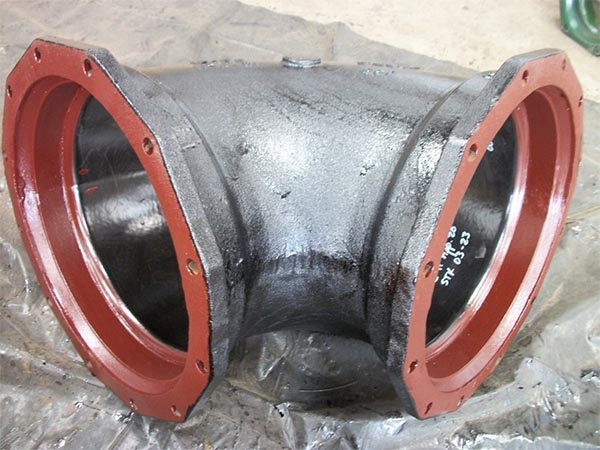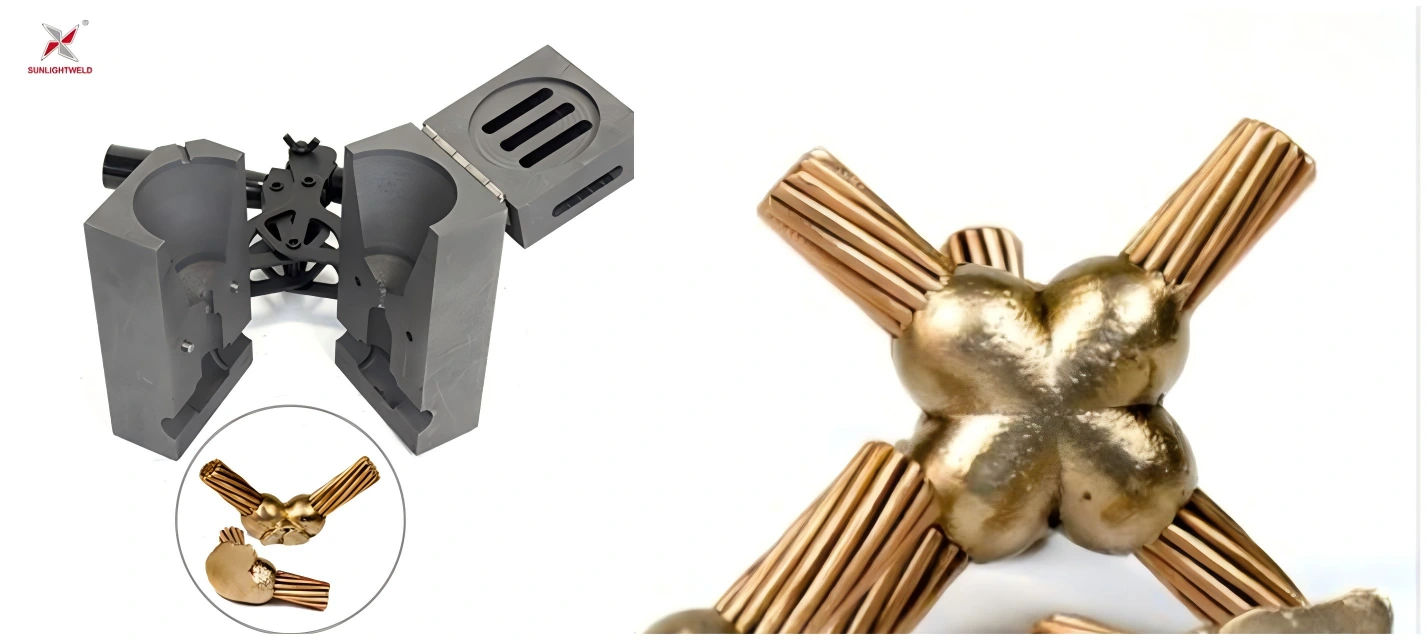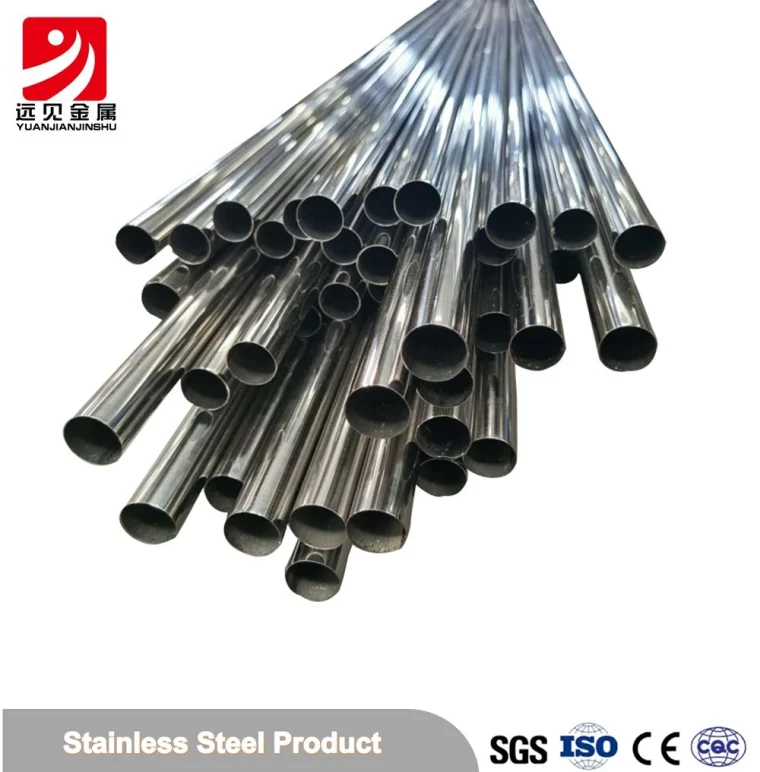
In the realm of engineering, the use of mechanical fixings is a ubiquitous practice, providing a means to securely connect components in various structures. However, like any engineering solution, mechanical fixings come with their own set of advantages and disadvantages. In this in-depth exploration, we will unravel the intricacies of mechanical fixings, examining the key factors that contribute to their efficacy or pose challenges.
I. Advantages of Mechanical Fixings: Building Strength and Efficiency
1. Structural Integrity:
One of the primary advantages of mechanical fixings lies in their ability to enhance structural integrity. Bolts, screws, and other mechanical fasteners provide a robust and reliable connection, ensuring that components remain securely in place under various loads and conditions.
2. Ease of Installation:
Mechanical fixings offer a relatively straightforward installation process compared to certain welding techniques. This ease of installation contributes to time and cost savings, making them a preferred choice in projects where efficiency is paramount.
3. Disassembly and Reusability:
Unlike some permanent bonding methods, mechanical fixings allow for easy disassembly and reusability of components. This is particularly advantageous in scenarios where modifications, repairs, or maintenance are anticipated, providing flexibility and adaptability to changing requirements.
II. Disadvantages of Mechanical Fixings: Navigating Challenges
1. Stress Concentration:
One significant drawback of mechanical fixings is the potential for stress concentration. The localized stress around the fastener can lead to material fatigue and, in extreme cases, result in joint failure. Engineers must carefully consider factors such as material properties and joint design to mitigate stress concentration.
2. Corrosion Concerns:
Mechanical fixings, especially those exposed to outdoor or corrosive environments, may be susceptible to corrosion. Corrosion can compromise the integrity of the fasteners and the connected components over time. Material selection and appropriate coatings become crucial to address this challenge.
3. Limited Load Distribution:
While mechanical fixings provide strong localized connections, they may have limitations in distributing loads over larger areas. This can be a concern in applications where even load distribution is critical to prevent point loads that could lead to structural issues.
III. Striking the Balance: Considerations in Design and Application
Successful implementation of mechanical fixings requires a meticulous approach in design and application. Engineers must carefully consider factors such as load requirements, material compatibility, environmental conditions, and the need for future modifications. Striking the right balance between strength and flexibility is key to maximizing the benefits of mechanical fixings.
IV. Innovations in Mechanical Fixings: Meeting Future Challenges
As technology advances, innovations in mechanical fixings continue to emerge. From smart fasteners equipped with sensors to advanced materials with enhanced corrosion resistance, the future holds exciting possibilities for addressing current challenges and pushing the boundaries of mechanical connection technologies.
V. Conclusion: A Holistic View of Mechanical Fixings
In conclusion, the use of mechanical fixings is a cornerstone in engineering, offering a blend of strength, efficiency, and adaptability. By understanding the advantages and disadvantages, engineers can make informed decisions, navigating the complexities to ensure the longevity and reliability of structures. This comprehensive analysis serves as a guide for those seeking to harness the full potential of mechanical fixings in their projects.



